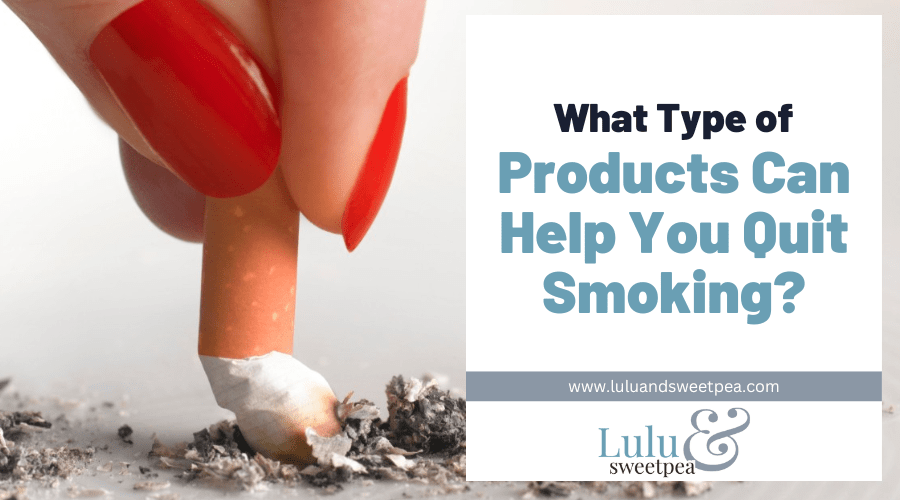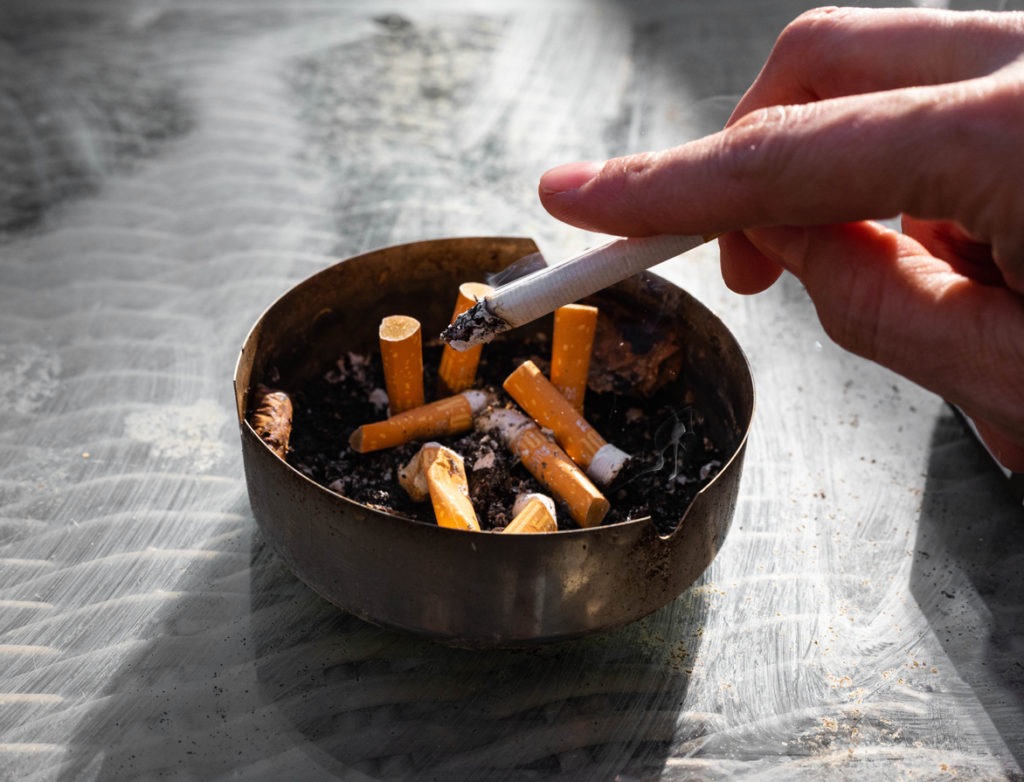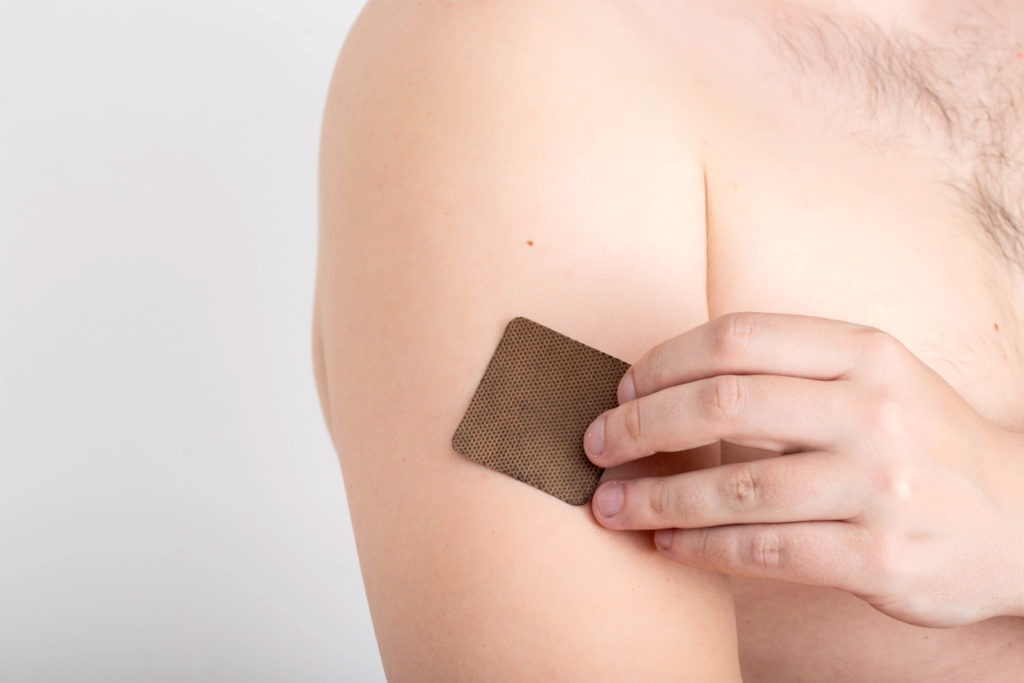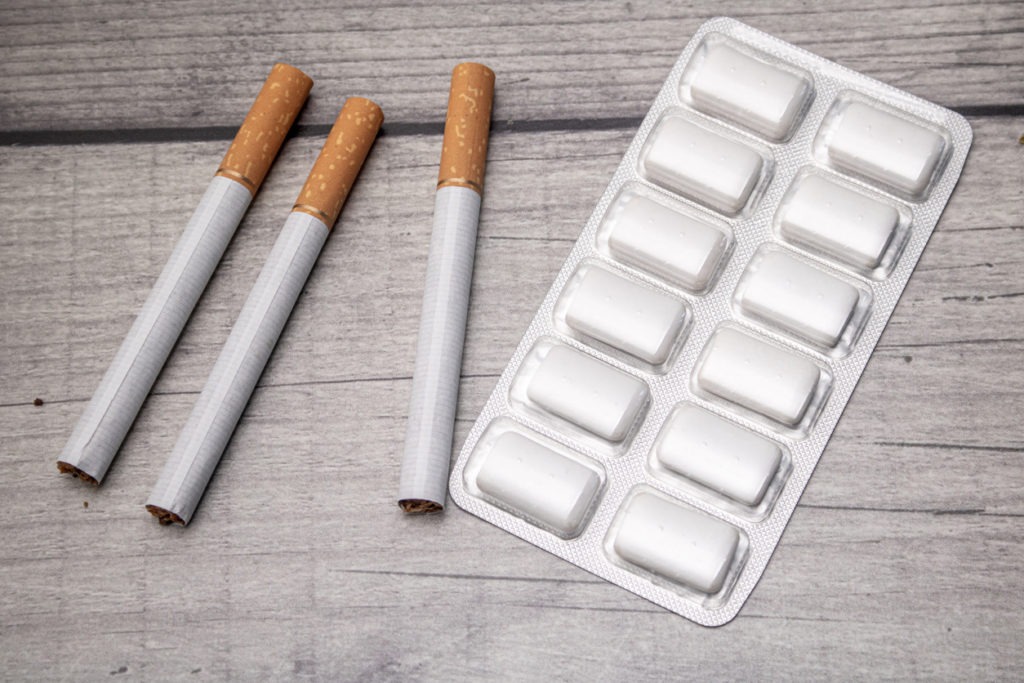By now, probably all people know that smoking is bad for health. Smoking is a nasty habit that can cause diseases for the smoker and the people around them who inhale their secondhand smoke. If you are a smoker and decide to quit, it’s one of the best choices you can make for your health and the people around you. Right after taking that last puff, your body will start to recover, and carbon monoxide levels in the blood will drop. It will be easier to breathe in less than a week after quitting.
However, the downside is that for most smokers, quitting is hard to do. It involves battling dependence and addiction and dealing with a slew of uncomfortable withdrawal symptoms. Even light smokers experience nicotine addiction and have a hard time giving it up.
In this article, learn about the things that can help you put down cigarettes for good.
Why Is It Hard to Quit Smoking?
Nicotine is the addictive ingredient in tobacco that is responsible for smoking addiction. The brain quickly adapts to it and craves more and more. Over time, your brain learns to predict when you’re going to smoke. Sometimes, you will feel tired and down, so you think you need a cigarette, and the cycle starts again.
Certain situations make you want to smoke. Every smoker’s triggers are different. For some, it’s the smell of cigarette smoke, seeing cartons of cigarettes at the store, drinking coffee, or eating certain foods. Sometimes, feelings are triggered – they smoke when they are sad, happy, stressed, angry, or tense. One of the biggest keys to quitting smoking (and making the items we’re going to talk about below more effective) is to spot your triggers and try to avoid them.
It’s also best to avoid people who smoke and spend more time with your non-smoking friends and family members. Let them know that you are trying to quit, and tell them how they can help encourage you to stay smoke-free. If you cannot avoid people who smoke, ask them not to smoke in front of you.
Here are the products and methods to help you quit smoking:
OTC Solutions
Your local drug store offers several over-the-counter nicotine replacement therapies (NRT). These include nicotine patches, gum, and lozenges. These products slowly break your addiction with controlled doses of nicotine that get lower and lower as you take them. It helps you get used to less and less nicotine before you stop altogether.
Nicotine patches
Nicotine patches are small, self-adhesive patch that delivers small doses of nicotine through your skin into your body. With patches, you progress through a series of lower-dose patches until you’re essentially weaned off of nicotine.
When using a nicotine patch, you need to apply a new one every day on a hairless area of the skin between the waist and neck, like your chest or upper arm. It helps control your nicotine cravings and withdrawal symptoms for 24 hours at a time. It is meant to wean a smoker off of nicotine over the span of 8-10 weeks. This makes it a good choice for heavy smokers where sudden quitting isn’t sustainable.
Its potential side effects may include itching, skin rash, or irritation where it’s applied. It may also cause sleep problems, insomnia, or vivid and unusual dreams.
Nicotine patches are one of the most scientifically-backed, over-the-counter nicotine replacement therapies and perhaps also the easiest and cheapest option.
Nicotine gum
The habit of smoking can be as difficult to break as nicotine addiction itself. Over-the-counter nicotine gums, like the patch, can deliver nicotine to help reduce your cravings and give you something to do with your mouth. So instead of puffing up a cigarette, you can chew gum instead.
The dose of nicotine gum depends on how much you smoke. Like with patches, you must start out with a higher dose or frequency and reduce it over time to wean yourself. When you feel a tingle in your mouth, you can stop and put it on your cheek, and when the tingling is gone, you can start chewing again. To release more nicotine, bite and hold again. Do this over and over until the tingle is gone, which is usually after about 30 minutes. For the first six weeks, you’re likely to chew one piece every 1-2 hours, then cut down to every 2-4 hours, then 4-6 hours. Treatment with nicotine gum lasts around 12 weeks.
If you use it correctly, nicotine gum starts to work within 5-10 minutes. Like regular gum, it comes in different flavors, but it usually comes in a peppery taste. Its potential side effects include hiccups, nausea, mouth irritation, jaw soreness, and heartburn. It may also stick to dentures.
Nicotine lozenge
Like gum, nicotine lozenges are a form of NRT that delivers nicotine through the mouth without the harmful stuff in cigarettes. These are OTC solutions that you can take after meals, like candy. Lozenges are a better choice than gum if you have a muscular or dental condition or if you don’t like chewing gum.
The dose will depend on how much you smoke, and treatment takes 12 weeks as well. Place them between your gum line and cheek and suck slowly to make sure it dissolves well and enters your bloodstream. It may take 5-10 minutes to feel the effect of nicotine lozenges, and it dissolves within 30 minutes.
Nicotine lozenges must be used repeatedly throughout the day to control cravings or avoid withdrawal.
Prescription Medications
Quit-smoking products like medications, nasal sprays, and inhalers are another smoking cessation approach that needs a doctor’s prescription. You will need to start them before your quit date to give them time to build up in your system.
Varenicline (Chantix)
Varenicline, sold under the brand name Chantix, is a new type of treatment approved for smoking cessation. It’s probably the first medicine a doctor recommends if you need a prescription. This drug does not contain nicotine – it cuts cravings by acting like nicotine. Varenicline targets the nicotine receptors in your brain and blocks them, so you will enjoy smoking less. It also helps ease withdrawal symptoms.
This drug is safe to use with other nicotine products, and studies show that a combination of the two would help improve your chances of quitting for good. Its potential side effects may include nausea, headaches, vomiting, trouble with sleep, vivid dreams, and intestinal gas. If it causes changes in mood and behavior, you should immediately report it to your doctor.
Bupropion (Zyban or Wellbutrin)
Bupropion, sold under the brand names Zyban or Wellbutrin, is an antidepressant designed to lower your desire to smoke. An extended-release form of bupropion is approved to help people stop smoking. It can decrease tobacco cravings and withdrawal symptoms by increasing the levels of some brain chemicals.
This drug will take several days to achieve effective levels in the blood. Typically, you must start taking bupropion for a week or two before you start quitting. Potential side effects include dry mouth, mild hand tremors, insomnia, and nightmares.
Since bupropion is an antidepressant, it can also help with some underlying depression and anxiety symptoms that may contribute to nicotine addiction. Another advantage of bupropion is that it may help fight weight gain, usually when a person quits smoking. However, it’s not recommended for people with bulimia or anorexia nervosa because it may interfere with appetite. It’s also not recommended for people with seizures.
Nasal spray
Nicotine nasal spray works as a form of nicotine replacement therapy, but it requires a doctor’s prescription. You need to follow the instructions for this type of drug carefully to ensure proper use.
Nasal sprays for quitting cigarettes deliver nicotine through the nose or mouth. You will use it for 12 weeks. They are easy to use and can quickly send nicotine to the bloodstream. It works best for heavy smokers who get strong cravings since it works faster than other nicotine replacement products.
Nasal sprays may cause nose and throat irritation, sneezing, rhinitis, coughing, or watery eyes. Also, it may not be a good choice if you have a nasal or sinus condition.
Inhalers
Like nasal sprays, inhalers require the prescription of a doctor. Inhalers are plastic tubes with the same size and shape as a pen. When you take a sniff, it instantly releases nicotine, simulating the act of smoking. However, it may cause coughing and throat irritation for some people.
Other Alternative Solutions
Besides nicotine replacement therapy, here are some alternate solutions to curb nicotine addiction:
Behavioral therapy
Behavioral support can be very helpful for those who need to quit. This involves working with a counselor to find ways not to smoke. Together, you will find your triggers and plan to get through cigarette cravings. You can use it as your main quitting method or a support tool. Even brief sessions have been shown to help.
Behavioral therapy programs differ, but generally, they help you set a quit date, teach you how to manage your addiction, and prevent relapse.
Acupuncture
If you encounter side effects from other quitting methods, acupuncture might work. A trained professional uses thin metal needles to stimulate pressure points in the body. Particularly, spots on the ears seem to boost brain chemicals that help lessen the desire to smoke. For this method you will need several sessions for it to work.
Laser therapy
This works like acupuncture, but instead of needles, it uses low-level lasers that won’t hurt the skin. During a laser therapy session, the laser is pointed at spots on the face, hands, and wrists with the aim of preventing cravings and relieving withdrawal symptoms. The laser stimulates the nerve endings to tell the brain to release a flood of endorphins. However, studies have not confirmed that it works.




